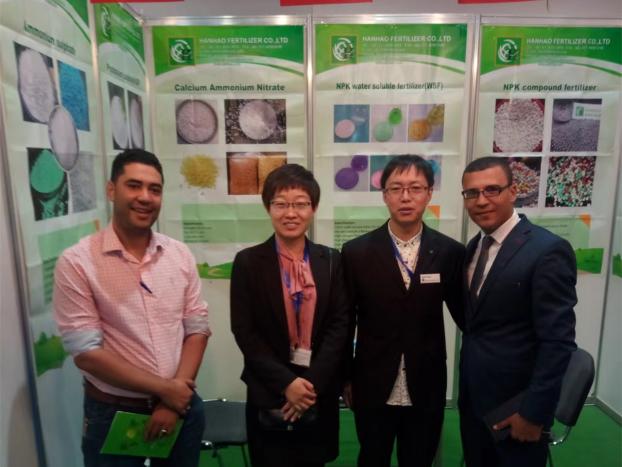
Jul . 27, 2024 23:20 Back to list
Premium Granular Urea 46 Fertilizer for Enhanced Crop Growth and Optimal Soil Health Solutions
High-Quality Urea 46 Granular The Key to Enhanced Agricultural Productivity
Urea, a nitrogen-rich fertilizer, plays a crucial role in modern agriculture by improving plant growth and increasing crop yields. Among various forms of urea, high-quality urea 46 granular stands out due to its high nitrogen content, ease of application, and versatility in various agricultural settings. This article explores the significance of high-quality urea 46 granular in the agricultural sector, its advantages, and best practices for its application.
Understanding Urea 46 Granular
Urea 46 granular contains approximately 46% nitrogen, making it one of the most concentrated nitrogen fertilizers available. This high nitrogen content allows farmers to apply smaller quantities of fertilizer, reducing transport and handling costs. The granular form enhances ease of application, whether through broadcasting, drilling, or incorporation into the soil.
Benefits of High-Quality Urea 46 Granular
1. Enhanced Nutrient Availability One of the primary advantages of high-quality urea is its quick and efficient delivery of nitrogen to plants. Nitrogen is essential for numerous plant processes, including photosynthesis and protein synthesis, which directly impacts growth and yield.
2. Increased Crop Yield Studies have shown that the application of high-quality urea 46 granular can significantly boost crop yields. The availability of nitrogen assists in the development of robust vegetative growth, leading to healthier plants and increased productivity.
3. Cost-Effectiveness Due to its high nitrogen content, urea 46 granular often proves to be a cost-effective solution for nitrogen fertilization. Farmers can achieve desired fertilization rates with smaller product volumes, leading to savings on transportation and application costs.
4. Versatility High-quality urea can be used across a wide variety of crops, including grains, fruits, vegetables, and grasslands. Its versatility makes it a staple product in the agricultural sector, suitable for both commercial and small-scale farming operations.
5. Environmental Considerations When used properly, high-quality urea can minimize environmental impacts. Enhanced formulations often incorporate stabilizers that reduce volatility and leaching, ensuring that nitrogen remains available to crops while lessening the risk of pollution in surrounding areas.
high quality urea 46 granular

Best Practices for Application
To maximize the benefits of high-quality urea 46 granular, farmers should consider the following best practices
1. Soil Testing Conducting soil tests prior to fertilization helps determine the existing nutrient levels and pH, informing the appropriate application rate for urea.
2. Timing of Application Timing is critical in optimizing nitrogen uptake by crops. Applying urea at the beginning of the growing season or during critical growth stages can lead to better results. Avoiding application during heavy rainfall periods can also reduce runoff and nitrogen loss.
3. Incorporation into Soil For maximum efficiency, incorporating urea into the soil rather than broadcasting on the surface can lower losses due to volatilization and help enhance nutrient absorption by root systems.
4. Match Crop Needs Different crops and soil types may require varying amounts of nitrogen. Tailoring fertilizer applications to meet specific crop demands allows for better yields and can prevent over-fertilization, which can harm the environment.
5. Use of Controlled-Release Formulations To further enhance efficiency, consider using controlled-release versions of urea, which are designed to release nitrogen gradually over time, reducing the frequency of applications and minimizing nutrient loss.
Conclusion
High-quality urea 46 granular is a vital resource for modern farmers aiming to enhance crop productivity while maintaining cost-effectiveness. By understanding its benefits and adhering to best practices for application, agricultural producers can ensure optimal utilization of this powerful nitrogen source, leading to high-yielding, healthy crops and sustainable farming practices.
-
10 10 10 Fertilizer Organic—Balanced NPK for All Plants
NewsJul.30,2025
-
Premium 10 10 10 Fertilizer Organic for Balanced Plant Growth
NewsJul.29,2025
-
Premium 10 10 10 Fertilizer Organic for Balanced Plant Growth
NewsJul.29,2025
-
Premium 10 10 10 Fertilizer Organic for Balanced Plant Growth
NewsJul.29,2025
-
50 Pound Bags of 13-13-13 Fertilizer for All Plants – Bulk & Organic Options
NewsJul.28,2025
-
High-Efficiency 15-30-15 Granular Fertilizer for Healthy Crops
NewsJul.28,2025
